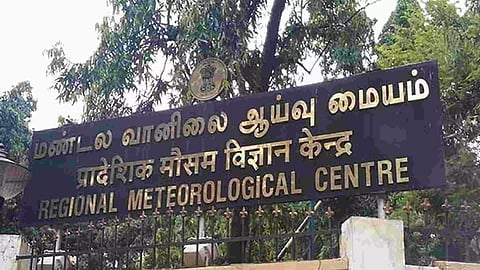

Earlier this week, the Regional Meteorological Centre, Chennai, issued a yellow alert for the State for two days, as the temperature breached the 40°C mark in various parts of Tamil Nadu. Officials had forecast that the temperature is likely to go up further, up to four degrees more than normal summer temperature. As per meteorologists, the spike in temperature in the coming months is on account of a weakening El Nino, which brings warmer than average sea surface temperatures in the Pacific Ocean. It is also associated with high temperatures the world over. In fact, over the past 15 years, both El Nino and neutral conditions have resulted in day temperatures breaching the 40°C mark on several days in Chennai during the April-July period in as many as seven years.
The conditions that have pushed up summer temperatures include global warming, rapid urbanisation and local wind conditions, as per experts. This situation is not so different in other parts of the country. The IMD has also warned that with the advent of summer, more heatwaves are likely than last year. States such as Gujarat, Maharashtra and Andhra Pradesh are expected to be particularly vulnerable. A heatwave is defined as a state when day temperatures in a place are at least 4.5°C above normal, or greater than 45°C on two consecutive days.
The observations in India are in line with phenomena transpiring globally. The European Union’s climate agency, Copernicus Climate Change Service (C3S) had said recently that the world experienced the warmest March ever due to a combined effect of El Nino and human-caused climate change, making it the 10th consecutive month since June last year to set a new temperature record. The C3S went on to say that the global average temperature breached the 1.5°C threshold for an entire year for the first time in January. The spike in the Earth’s global surface temperature by 1.15°C as compared to the average in 1850-1900, is a level that hasn’t been witnessed since 1,25,000 years ago, before the most recent ice age. And it has precipitated record droughts, wildfires and floods, especially in the global south.
The increasing frequency of extreme weather events and climate induced natural hazards has taken a huge toll on the country. A report from the Council on Energy, Environment and Water (CEEW) in 2021 highlighted that 75% of districts in India are vulnerable to hydromet disasters (floods, droughts and cyclones). Interestingly, the Supreme Court of India recently pushed the case for a healthy environment and sustainable development by recognising the right to be free of the adverse effects of climate change as a distinct fundamental right. Under Article 21 of the Constitution, the apex court had long ago acknowledged the right of citizens to live in a clean environment.
The right to health (part of the right to life under Article 21) is impacted due to factors such as air pollution, shifts in vector-borne diseases, rising temperatures, droughts, shortages in food supplies due to crop failure, storms, and flooding, an apex court bench remarked recently. The court reasoned that if environmental degradation and climate change lead to acute shortage of essential resources such as food and water, the right to equality gets violated, as the economically challenged sections bear the brunt of such man-made calamities. The prerogative of tackling climate change will occupy the mindshare of leaders across the emerging world, where the challenge will be development mindful of environmental concerns.